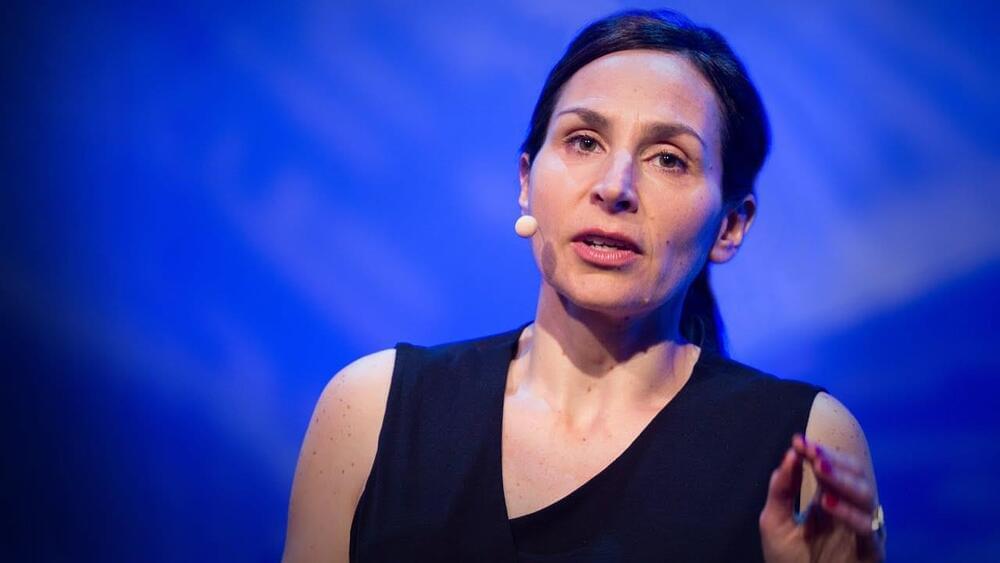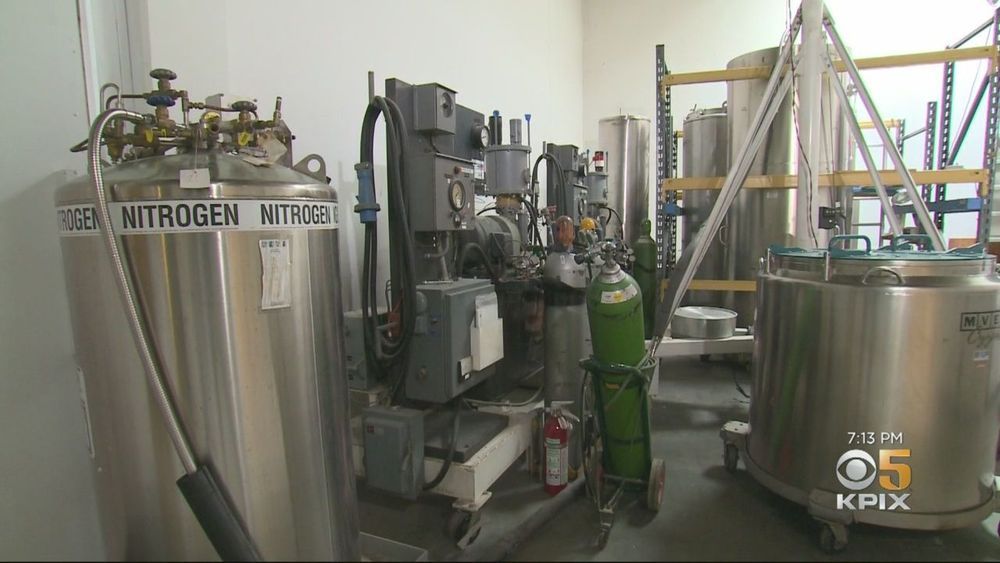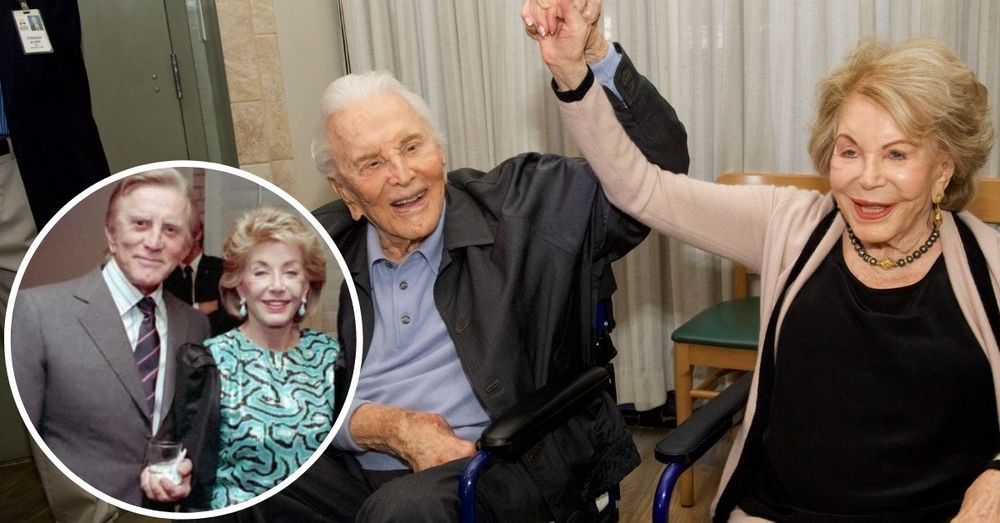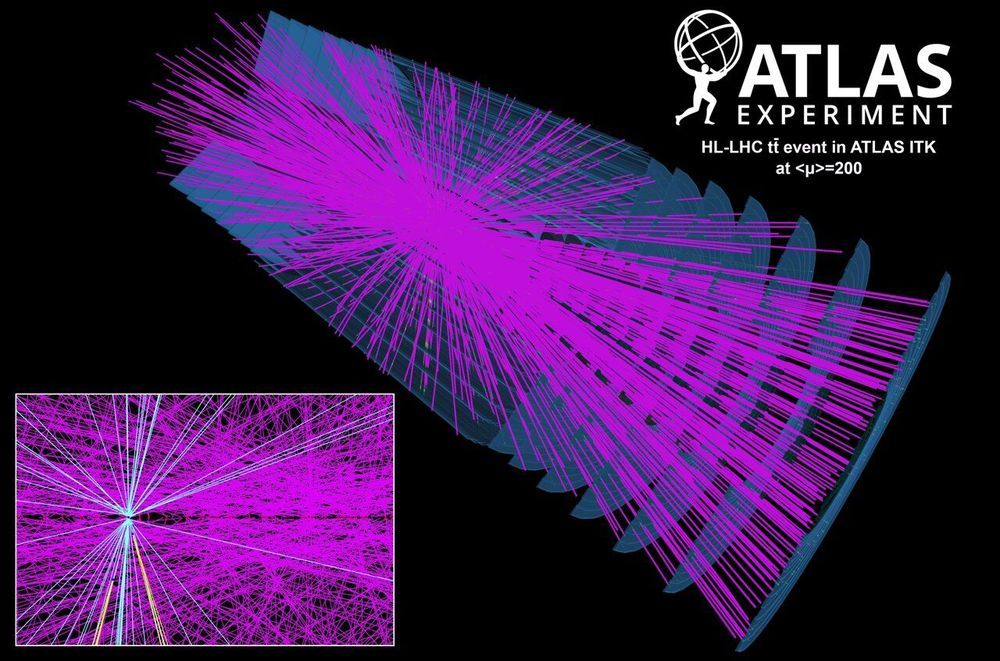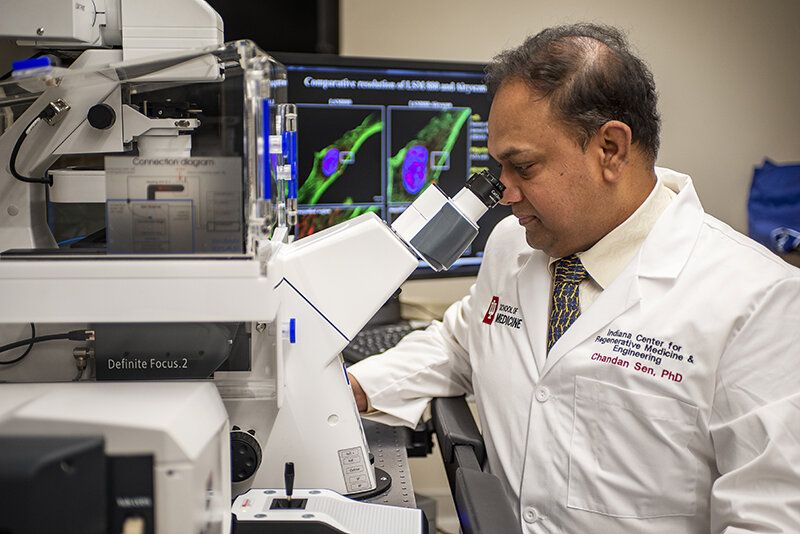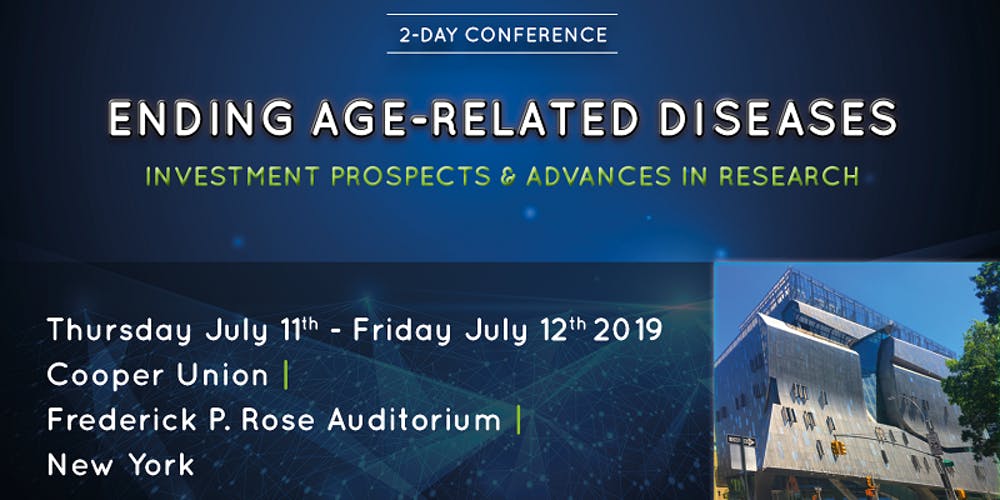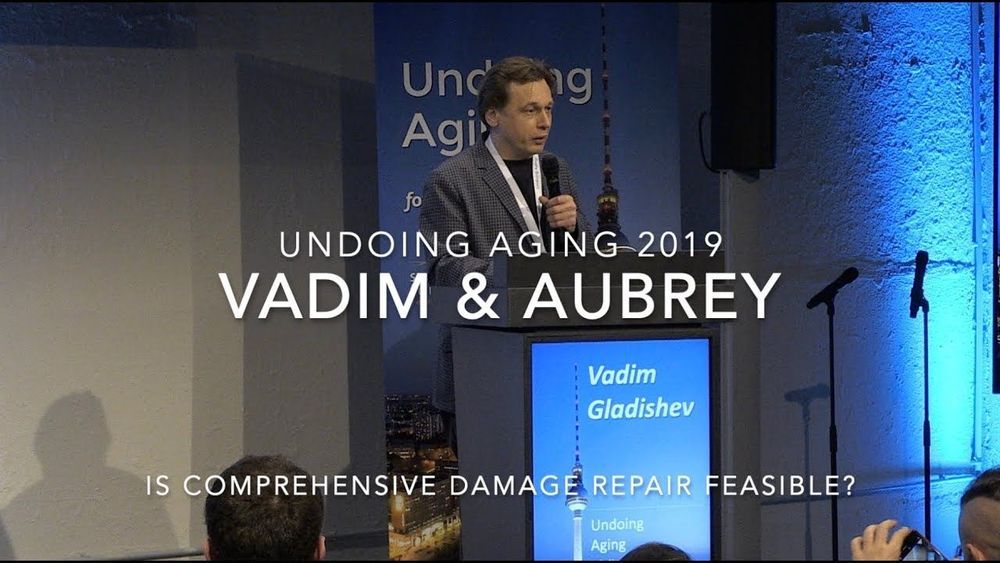In 2018, researchers at the Biogerontology Research Foundation and the International Longevity Alliance submitted a joint proposal to the World Health Organization to re-classify aging as a disease. Months later, 11th Revision of the International Classification of Diseases (ICD-11) officially introduced some aging-related conditions such as age-associated cognitive decline.
This matters because, for the first time in human history, the once natural process of aging is becoming recontextualized as a condition to be treated and prevented. This will gradually lead to pharmaceutical companies and governments redirecting funding to new drugs and therapies that not only extend human life expectancy but reverse the effects of aging entirely.
Thus far, people in developed nations have seen their average life expectancy rise from ~35 in 1820 to 80 in 2003. And with the advances you’re about to learn about, you’ll see how that progression will continue until 80 becomes the new 40. In fact, the first humans expected to live to 150 may have already been born.


